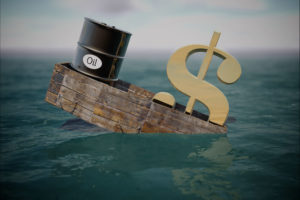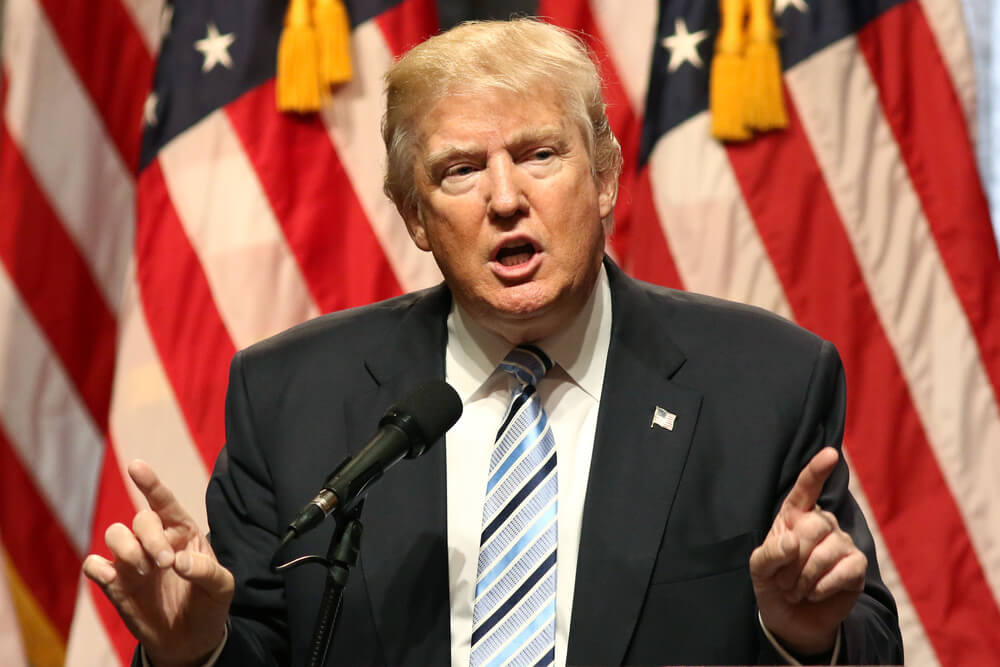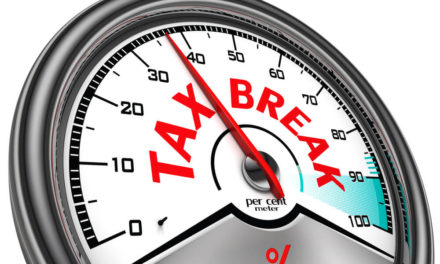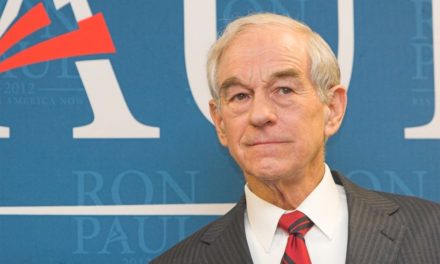President Donald Trump finally led like a president should on COVID-19, unveiling a three-stage plan for states to open their economies back up and end the lockdown. But it may have been too little, too late. Unemployment numbers are horrific with 22 million people losing their jobs in just four weeks. Earnings season has begun and even the banks can’t dress up their balance sheets to hide the carnage.
Trump was advised by people with, in my opinion, dubious — if not outright evil — agendas to follow China’s model to contain the virus.
The equity markets roared in response, blowing through potential resistance forming around 24,000 on the Dow Jones Industrials.
Trump Ends Lockdown After ‘Dubious’ Advisement
Mounting evidence that Trump was poorly advised sparked political pressure because people are tired of being forced to sit in their homes, cowering in fear. Trump was advised by people with, in my opinion, dubious — if not outright evil — agendas to follow China’s model to contain the virus.
China’s economic numbers are coming out for Q1 and Trump realized something had to change and quickly. China’s GDP contracted 5% in Q1, likely more since all their reported numbers require rose-colored glasses to believe.
But the biggest indicator to me that Trump had to act on this wasn’t the growing civil disobedience in states like Michigan, but the continued collapse in the price of oil.
Even though OPEC+ agreed to a massive cut in production from state oil companies if oil prices did not rally. This lends credence to the estimates that oil demand has contracted in the 20-30 million barrel per day range.
And as we stare at this week’s close, we’re looking at prices not seen in more than a generation.
The oil market is incredibly oversupplied. While Trump was able to hold the line on mandating production cuts from U.S. producers to protect them in the short term, it was likely a Pyrrhic victory. The spread between Brent and West Texas Intermediate crudes continues to widen, indicating that there is simply no demand for what the U.S. is producing.
Internal use has cratered with the country on lockdown and export potential is capped because most of the world doesn’t have a use for the ultra-light sweet crude produced by U.S. fracking. There is an upper limit to that export potential, especially if the demand for refined products craters as well.
 Most of the world’s oil is priced as a premium or discount to Brent, and most of the world refines various medium-to-heavy sour grades, using lighter grades to blend into refinery feedstock to finetune outputs.
Most of the world’s oil is priced as a premium or discount to Brent, and most of the world refines various medium-to-heavy sour grades, using lighter grades to blend into refinery feedstock to finetune outputs.
In Shanghai, the medium sour contract closed yesterday at ¥246.1 per barrel (or $34.80) to provide a little context of where demand is.
So, Trump had no option here. He had to provide a pathway to restarting the U.S. economy, especially as the peak of the health crisis seems to be past us.
All the evidence suggests that people still screaming about not enough testing and flattening the curve are doing so for political purposes, not because of the strain out the U.S. health care industry. Trump wouldn’t be offering ventilators to Russia to assist them if that were the case.
Without domestic demand kicking back up there is little to no hope for WTI to rally, and this is what this week’s collapse back into the teens is telling us.
Moreover, in this environment, no one is going to undergo a refinery refit to take advantage of cheaper U.S. cruse prices. It didn’t happen in 2017-18 when oil was in the $60’s, it won’t happen now in the $20’s. That said, the premium for WTI is more than 30% so the incentive is there as long as this situation persists.
This week was one of big moves by Trump, which tells me he’s seen the data and the data screams most of this response to COVID-19 was unnecessary, doing deep economic, political and psychological damage to the country.
Trump ended U.S. funding of the World Health Organization and by doing so, directly challenged the draconian measures meant to slow the spread of the virus.
When you look at the situation in the U.S., it’s evident that Trump is sloughing off the remnants of the previous administrations, which have dogged his presidency from day one. And that is giving the markets the signal that: 1. He’s a strong bet to win reelection in November and, 2. That his leadership, though imperfect, is providing a measure of certainty in very uncertain times.
That, in turn, continues to pressure emerging markets and Europe, who are still wedded to the “China” model for dealing with the virus and unable to craft policies which reassure markets that they have a plan that is good for all of Europe.
To date, the only country that seems to be served by EU policy is Germany, which is why the Euro continues to degrade versus the dollar.
Dollar Demand Strong While Markets Trade on Fear
For now, dollar demand remains strong, which is giving Trump the cover necessary to go on the greatest spending binge in history without upending currency markets too much. Those trillions of chickens will come home to roost eventually, but that will not be today.
Trump’s decision to put the onus back on the governors to open up their economies was the right choice, not just legally but politically, and the guidelines provided will allow those places not under stress to get back to work.
We will likely see follow-through action in equities next week while oil prices continue to flounder.
Gold opened the week strong and ended weak as the deflation trade is still capable of giving the bears some spine. It’s been a strong run in gold off the early March spike lower, and a breather is needed now that the worst of the COVID-19 scare in the U.S. is past.
If there is one lesson to learn as an investor/trader from this period it is that stock markets do not trade at all on fundamentals during crises. They trade on fear first, and then evidence of leadership after the panic subsides.
Trump showed real leadership this week and it’s why the markets rallied. It will, however, take a while longer for that leadership to rescue oil prices — if at all.
• Money & Markets contributor Tom Luongo is the publisher of the Gold Goats ‘n Guns Newsletter. His work also is published at Strategic Culture Foundation, LewRockwell.com, Zerohedge and Russia Insider. A Libertarian adherent to Austrian economics, he applies those lessons to geopolitics, gold and central bank policy.




